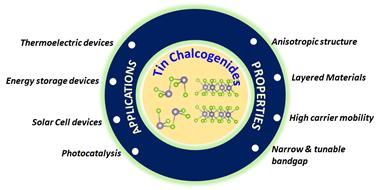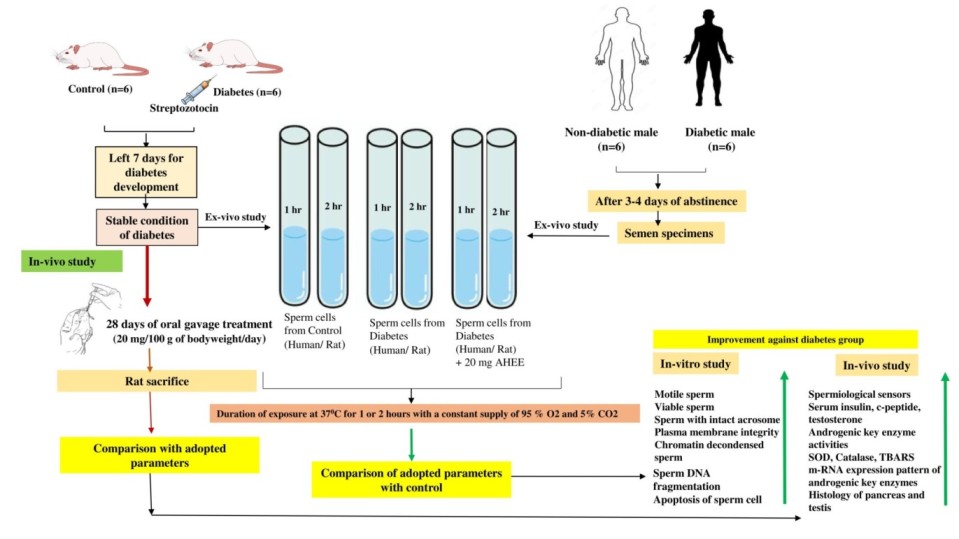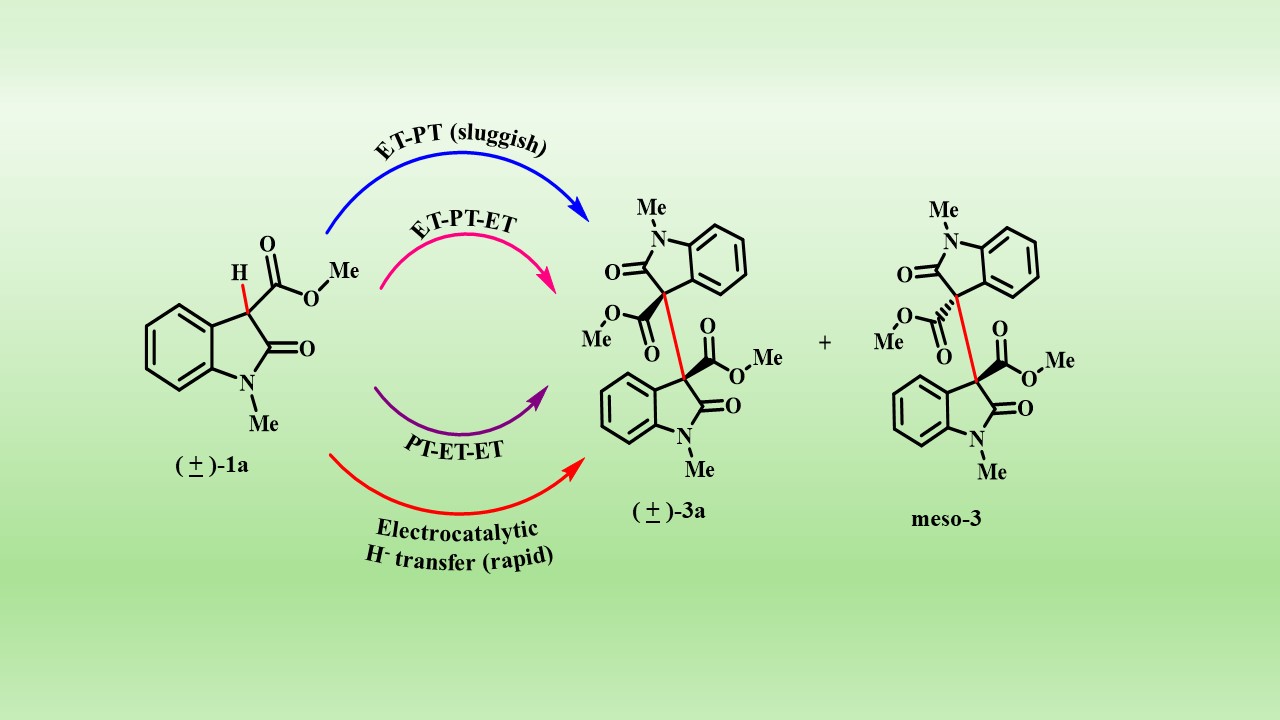


Prayogic Rasayan 2024, 8(2), 22-29
DOI: https://www.doi.org/10.53023/p.rasayan-20240830
Keywords: Single Source Molecular Precursor, Tin Chalcogenide, Nanomaterials, Thin Films, Energy Application.
Abstract

Prayogic Rasayan 2024, 8(2), 30-37
DOI: https://doi.org/10.53023/p.rasayan-20240908
Keywords: Diabetes, Male infertility, Aloe vera (L.), Oxidative stress, Apoptosis, Spermiological sensor
Abstract

Prayogic Rasayan 2024, 8(2), 38-43
DOI: https://doi.org/10.53023/p.rasayan-20240912
Keywords: Dimerization, Proton-Coupled Electron Transfer, Hydride Transfer, 3-Substituted-2-Oxindole
Abstract